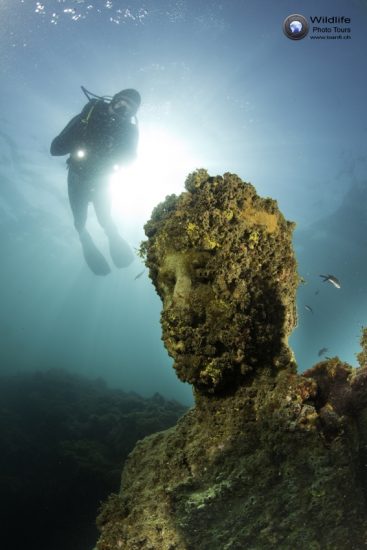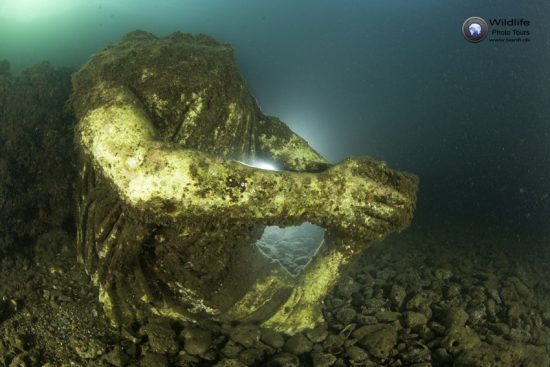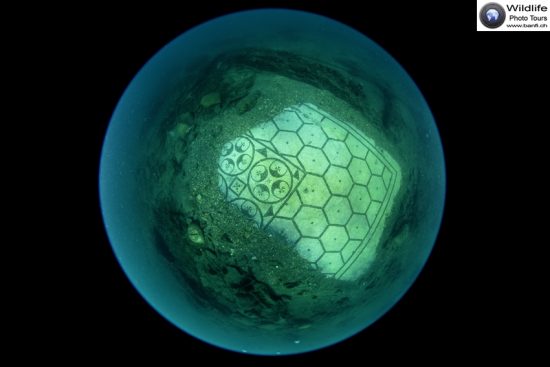







Can you believe that is possible to freedive and scuba dive side by side with a grouper or an octopus, among the extraordinary beauty of submerged imperial Roman palaces and villas dated 2200 years ago ?
I guess you might not bet a cent on this, but you're wrong. It is unbelievably beautiful to spend hours freediving and/or scuba diving, roaming around these ancient remains and admiring polychrome mosaics and statues!
The coast of Phlegraean Fields (Campi Flegrei) is unique due to collapsing ground (negative bradyseism) followed by gradual uplifts (positive bradyseism). On this extraordinary volcanic soil, an exceptional heritage of historical significance was built during the Roman era. As a consequence of the movements of the ground, luckily for us, the ancient remains are now below the sea level. If the sea had not swallowed the coast, much of this heritage would have been lost.
From the second century B.C, Baia was chosen by the rich Romans as a place for holidays, vices and pleasures, because of the beauty of the panorama, the local springs of natural warm water and sulphurous steams coming from the volcanic subsoil. The Roman nobility built villas, palaces, thermal buildings, facilities and a large harbour. With the coming of the Empire, Baia became the residence of the imperial families.
Today, the depths of Baia give us a clear idea of the building density of this stretch of coast. A few metres below sea level we can now swim among the remains of taverns and deposits that were once teeming with life and ready to pick up goods from around the whole of the Mediterranean, used to supply Rome.
An ancient paved road provided access to spas and villas. The road Herculea led to the coast of Portus Julius , the commercial port built by connecting Lake Averno to Lake Lucrinus.
In zone A of the Marine Park it is possible to explore the huge Villa dei Pisoni, built in the first century B.C. It belonged to the noble family of Pisoni, a family murdered by Nero which had organized a failed conspiracy against the emperor. Around a central rectangular area -the viridarium of the villa- there are several rooms for residential purposes, hallways and baths. Nowadays we can swim through a large flooded garden surrounded by an arcade and halls.
Close to the Villa dei Pisoni there are the remains of the spa complex. In the same area the Nymphaeum Triclinium (banquet hall) of the emperor Claudio was discovered: many of the statues that adorned the nymphaeum represented the family of the emperor.
Close to the nymphaeum there is the Villa a Protiro, so called because of its peculiar arcade. A number of the rooms overlook a central atrium from which the sunlight comes in. Within these rooms there are some wonderful mosaics, particularly to the north-east which is a combination of black and white marble tiles laid in a most distinctive pattern. To the south of the atrium, a vast room opens up with an apse of which the semicircle spans a width of 10.37 meters. This was probably unrelated to the initial plan but is richly decorated in large marble slabs resplendent of the late-imperial domus ostiensis.
For more information visit www.subaia.com or email info@subaia.com
By Franco and Sabrina
Visit our website or contact us at tour@banfi.ch
 Franco and Sabrina
Franco and Sabrina 10th November 2017
10th November 2017 Via Lucullo, 3-7, 80070 Bacoli NA, Italia
Via Lucullo, 3-7, 80070 Bacoli NA, Italia 